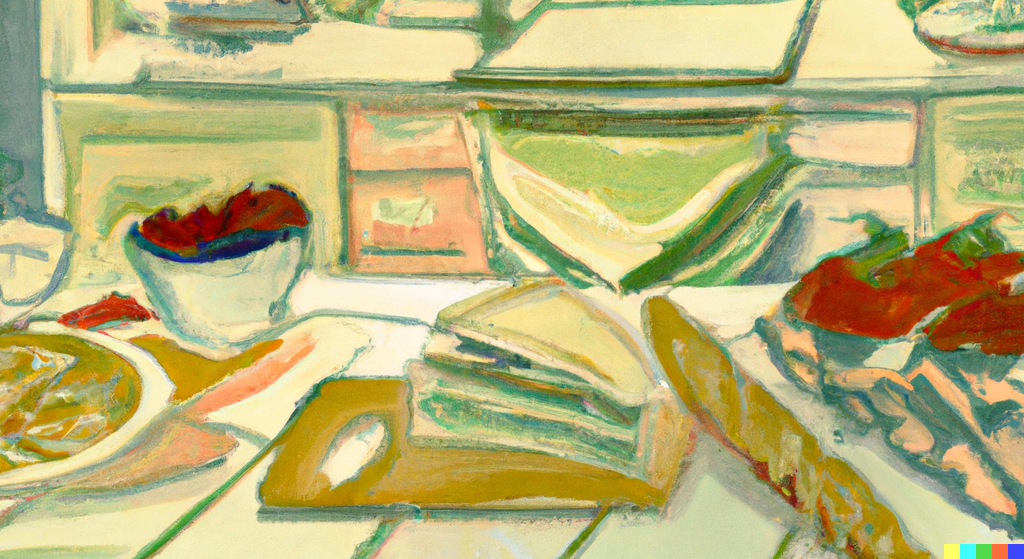Gnomes, those diminutive beings with pointy hats and mischievous grins, have long held a curious place in gardens worldwide. Beyond their whimsical appearances, these little guardians of greenery are laden with symbolism, folklore, and a touch of mythical charm. Join us on a journey into the enchanted realm of garden gnomes, where we decode their hidden meanings, explore their magical anecdotes, and learn why you should never tickle them under their tiny arms.

The Origins of Garden Gnomes
To unravel the symbolism of gnomes, one must first delve into their origins. These pint-sized figures originated in European folklore, particularly in Germany, where they were initially depicted as earth-dwelling spirits with a penchant for guarding hidden treasures. Over time, they transitioned from ethereal beings to the lovable, hat-wearing garden companions we know today.
The word “gnome” itself is derived from the New Latin term “gnomus,” introduced by the 16th-century Swiss alchemist Paracelsus. These mystical creatures were believed to possess a profound connection to the earth, wielding powers over plants and animals.

Gnomes as Guardians of the Garden Realm
In gardens around the world, gnomes are often positioned as watchful sentinels, standing guard over the flora and fauna. Their diminutive size and unassuming demeanor belie their assumed role as protectors of the garden’s well-being. The symbolism of gnomes as guardians extends beyond mere decoration; it reflects a belief in the interconnectedness of nature and the spiritual guardianship of the earth.
Garden gnomes, with their pointy hats and weathered expressions, are thought to ward off negative energies and bring good luck to the garden. The folklore surrounding them suggests that they possess an innate ability to communicate with the earth, ensuring the vitality and flourishing of plants in their vicinity.
Mythical Powers and Comical Antidotes
While the traditional symbolism of gnomes emphasizes their protective and nurturing qualities, the world of myth and legend has endowed them with an array of fantastical powers. These mythical abilities, often tinged with humor, add an extra layer of enchantment to the gnome narrative.
Legend has it that gnomes possess the power to communicate with animals, convincing them to lend a helping paw in maintaining the garden’s harmony. Squirrels become expert gardeners, birds act as airborne messengers, and even the occasional rabbit might serve as an assistant pruner.

Furthermore, comical anecdotes suggest that gnomes possess the ability to change the weather. On cloudy days, they supposedly don their magical hats and engage in a whimsical dance, coaxing the sun to break through the clouds. Conversely, if a gnome happens upon a garden in need of rain, a rhythmic tap of their tiny boots is believed to summon the much-needed showers.
Funny Workout Outdoor Garden Gnome Statue 6.2″
Alpine Outdoor Garden Gnome Holding Bird
Naughty Outdoor Garden Gnome – Sleeping it off…
The Symbolism of Gnome Hats and Pointy Shoes
The attire of gnomes, featuring pointy hats and boots, is not mere sartorial choice but laden with symbolic significance. The pointed hat, often red, is believed to be a nod to the traditional headwear of miners in the Ore Mountains of Germany. In this context, the hat serves as a symbolic connection to the earth and its treasures.
The pointy boots, on the other hand, are often seen as an homage to the boots worn by foresters and woodsmen. These hardworking boots signify the gnome’s connection to the outdoors, emphasizing their role as caretakers of the natural world.

Together, the hat and boots create an iconic silhouette that is instantly recognizable and universally associated with the whimsical world of gnomes.
The Garden Gnome Code of Conduct
While gnomes may possess mythical powers and a penchant for enchanting antics, they are believed to have a strict code of conduct governing their behavior. Garden gnome folklore cautions against disturbing these tiny custodians, especially by engaging in certain actions that might elicit their ire.
One such admonition is the caution against tickling gnomes under their arms. Folk tales warn that tickling a gnome in this manner may lead to unexpected consequences. Some legends suggest that a tickled gnome might unleash a burst of uncontrollable laughter, while others hint at the possibility of the gnome becoming enraged and causing havoc in the garden.
It is advised, therefore, to approach garden gnomes with respect, refraining from any attempts at ticklish mischief that might disrupt their solemn duty of safeguarding the garden’s harmony.
Gnomes as Symbolic Companions
Beyond their role as guardians and bearers of mythical powers, gnomes also hold symbolic significance as companions on life’s journey. Placing a gnome in the garden is thought to invite joy, good fortune, and a touch of magic into one’s life. The whimsy of these diminutive figures serves as a reminder to approach life with a lighthearted spirit and to find joy in the simple pleasures of nature.

In this symbolic capacity, gnomes become more than mere garden adornments; they become allegorical friends, encouraging a sense of wonder and playfulness in the midst of life’s daily routines.
Epilogue: The Enchanting Legacy of Gnomes
As we wander through gardens adorned with these miniature custodians, it becomes apparent that gnomes are more than ornamental embellishments—they are emissaries from a world where magic and nature intertwine. The symbolism of gnomes, rooted in folklore and myth, offers a delightful lens through which to view our connection to the earth and the whimsical possibilities inherent in our surroundings.
So, the next time you spot a gnome in a garden, consider the hidden stories they carry—the ancient tales of guardianship, the comical myths of mythical powers, and the gentle reminder to approach life with a dash of mirth. And remember, if you happen upon a gnome with a mischievous glint in its eye, it might be best to appreciate its magic from a respectful distance, lest you invoke the whims of an enchanted garden guardian. Happy gnome-spotting!



